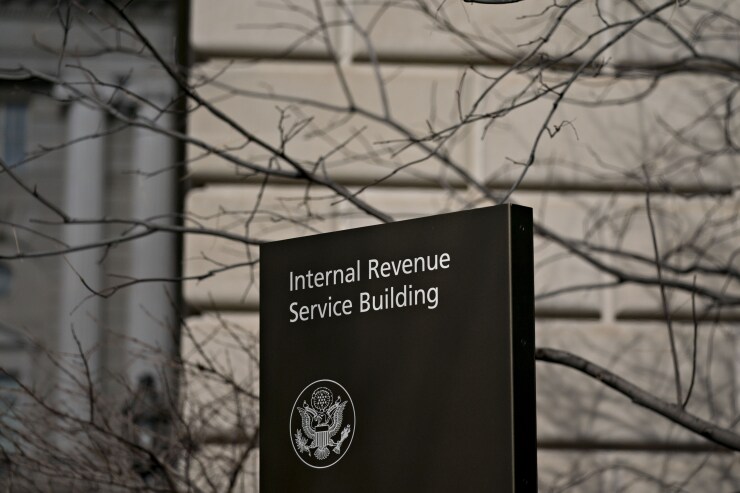The controls over the pseudonym program used by Internal Revenue Service employees to protect their identities could be improved, according to a recent report.
The
A few years later, the IRS Restructuring and Reform Act of 1998 required employees to justify the need for a pseudonym and get approval from their managers. The 1998 law in part responded to Congress’s concerns that IRS employees could use pseudonyms to avoid accountability for their actions, while at the same time protecting an employee’s right to use a pseudonym. As of December 2018, the IRS reported that 729 employees had registered pseudonyms with the agency.
The inspector general decided to evaluate the program to determine whether the IRS has established policies and procedures to manage its pseudonym program effectively. The report points out that taxpayers have a right to know that the person contacting them about their taxes is in fact an IRS employee. Currently, the IRS may be unable to timely verify a pseudonym holder’s identity, which could cause increased taxpayer mistrust of the IRS and undue stress for taxpayers.
On the other hand, scammers pretending to be IRS employees demanding immediate tax payments have emerged as a growing problem in recent years, bilking taxpayers out of millions of dollars. But making it easier to identify IRS employees comes with its own problems, as some taxpayers actually do threaten and harass IRS agents. One irate taxpayer even went so far as to steer an airplane into an IRS building in Austin, Texas in 2010.
The TIGTA report found the IRS has taken steps to gradually enhance its oversight and control over the pseudonym program over its 27-year history. Those steps have included requirements for employee justification and management approval, and IRS-wide guidance and centralized program oversight. Still, there have been problems.
“However, delays in implementing controls over the pseudonym program, and failure to update historical records, significantly contributed to the current inaccurate and incomplete records,” said the report. “For example, upon request, the IRS could not readily provide adequate documentation to support the justification for issuing pseudonyms to 51 percent of the 129 employees included in our statistical sample. Additionally, the IRS could not readily provide documentation to support that a manager approved the use of a pseudonym for 43 percent of the employees included in our statistical sample.”
The records haven’t been accurate in many cases either. The report found that the record of active pseudonym holders included incorrect legal names, incorrect standard employee identifiers, and employees who weren’t actually using a pseudonym at all. TIGTA also identified three employees with unregistered pseudonyms.
The inspector general’s review of IRS disciplinary records and TIGTA investigative files didn’t turn up any incidents where IRS employees misused their pseudonyms. However, the report cautioned that inaccurate and incomplete records and the lack of supporting documentation increase the risk of the IRS not being able to verify the identity of employees using pseudonyms in a timely manner.
The report recommended that the IRS take inventory and develop a complete, accurate list of active pseudonyms; and make sure the pseudonyms given out after the implementation of the 1998 IRS reform law are supported by adequate justification and management approval. The IRS should also develop processes to maintain a complete and fully supported list of pseudonyms, with a standardized form for new pseudonym requests, the report suggested.
The IRS agreed with four of the six recommendations in the report. “The IRS is committed to protecting the safety of our employees during the performance of their official duties and while conducting their personal lives,” wrote IRS chief privacy officer Robert Choi in response to the report. “An unfortunate consequence of administering our nation’s tax laws is that individuals threaten, harass and attempt to intimidate IRS employees. In some cases, these actions lead to actual physical harm. The IRS pseudonym program is a vital part of protecting our employees and we appreciate the opportunity to improve this employee protection program.”
He disagreed with a statement in the report that the IRS may be unable to timely verify the identity of employees when interacting with taxpayers. He insisted the IRS has procedures in place to verify the identity of the field agent contacting a taxpayer, and whether the employee is using a pseudonym or their actual name. Taxpayers and local law enforcement personnel can also contact the IRS to verify the identities of IRS employees.






